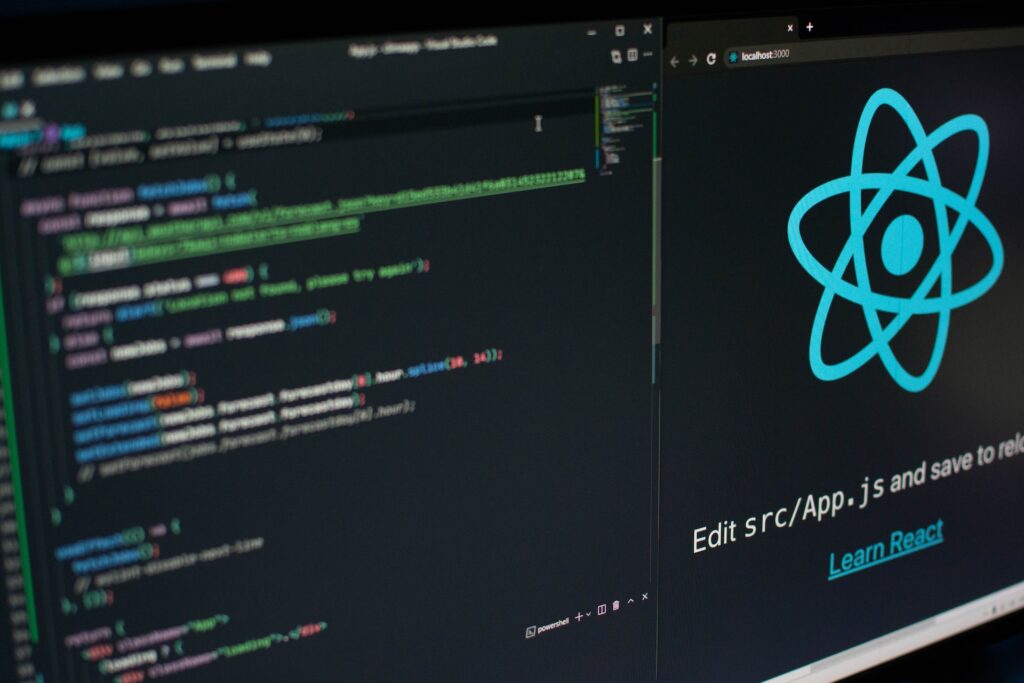
React Native is a popular framework for building mobile applications. It allows developers to use a single codebase to create apps for both iOS and Android platforms, saving time and effort. As a result, many developers are interested in learning React Native to expand their skillset and stay competitive in the job market.
However, one of the most common questions asked by those interested in learning React Native is, “How long does it take to learn React Native?” The answer to this question can vary depending on a variety of factors, such as prior programming experience, dedication and time commitment, and the resources used for learning.
In this article, we will explore the topic of how long it takes to learn React Native. We will discuss the framework itself, the factors that can affect learning time, recommended learning resources for beginners, and insights from experienced React Native developers on their learning journey and time investment. By the end of this article, you should have a better understanding of how long it takes to learn React Native, as well as the best strategies for effectively learning the framework.
Understanding React Native
“React Native is not just a trend; it’s the future of mobile app development.” – Facebook’s Engineering Team
In the world of mobile application development, React Native has made a name for itself. Created by Facebook, React Native is a JavaScript framework for building native mobile applications. What sets it apart is the ability to create applications for both Android and iOS platforms using a single codebase.
This ability to develop cross-platform apps is a game-changer. Before React Native, developers had to write separate code for Android and iOS, which was time-consuming and costly. But React Native has significantly streamlined the process, reducing development time and costs, and making it a beloved choice for developers worldwide.
React Native is not just about efficiency; it’s also about performance. Apps built with React Native are not “mobile web apps”, “HTML5 apps”, or “hybrid apps”. They are real mobile apps that are indistinguishable from an app built using Objective-C or Java. React Native uses the same fundamental UI building blocks as regular iOS and Android apps.
But instead of writing in Swift, Kotlin, or Java, you’re putting those building blocks together using JavaScript and React. And that’s why understanding React Native is key to becoming a modern, effective mobile app developer.
In the upcoming sections, we’ll delve into the prerequisites for learning React Native and how to navigate the learning curve. By the end of this article, you should have a clearer idea of how long it will take you to learn this powerful framework.
Prerequisites for Learning React Native
Before you start your journey with React Native, there are certain prerequisites that will make the learning process smoother. React Native leverages JavaScript and React to build mobile applications, so having a solid understanding of these technologies is crucial.
JavaScript
JavaScript is the programming language at the core of React Native. It’s used to define the logic of your application, manage data, and interact with the user interface. Before diving into React Native, you should be comfortable with JavaScript fundamentals such as variables, data types, functions, loops, and conditional statements.
ES6
ES6, or ECMAScript 6, is a version of JavaScript that introduced many powerful features that are heavily used in React Native, such as arrow functions, classes, promises, and destructuring assignments. Having a good grasp of ES6 will make your React Native learning experience much more manageable.
React
React Native is, as the name suggests, based on React – a JavaScript library for building user interfaces. Learning React is a significant part of becoming proficient in React Native. You should be familiar with the core principles of React, such as components, state, props, and the component lifecycle.
Understanding these concepts will give you a solid foundation to build upon when you start learning React Native. With these skills in your arsenal, you’ll be ready to tackle the exciting world of mobile app development with React Native.
To get started with JavaScript and ES6, check out our other article 7 Essential JavaScript Concepts for React Native Beginners. If you’re new to React, our tutorial Getting Started With React : Your First Step Towards Mastering React Native is a great starting point.
The Learning Curve
When it comes to learning a new technologies like React Native, it’s essential to understand the learning curve you’re about to embark on. Here’s a general estimation of the time it will take to learn React Native, depending on your starting point:
If you’re already familiar with JavaScript and React
For those who are already comfortable with JavaScript and React, the transition to React Native can be smooth. You’ll be applying the same concepts you’re familiar with, but in a mobile context. With full-time study and consistent practice, you can expect to get comfortable with the basics of React Native in 1-2 weeks. This includes setting up your development environment, understanding the project structure, creating components, and making use of core APIs.
If you’re starting from scratch
If you’re a complete beginner with no prior experience in JavaScript or React, the journey may take longer. You’ll first need to get comfortable with JavaScript, which can take a few weeks to a couple of months depending on your learning pace. After that, you’ll need to learn React, which could take another month or so. Once you’re comfortable with both, you can then dive into React Native. All in all, expect it to take up to 3 months of focused learning and practice to become proficient in it.
Remember, these are just rough estimates. The actual time it takes can vary greatly depending on various factors such as your learning style, the amount of time you can devote to learning each day, and the complexity of the projects you work on.
Learning to code is a marathon, not a sprint. It’s perfectly okay if you take more time to understand a concept. The key is to stay consistent and not get discouraged.
Self-Learning vs. Bootcamps
There are different paths you can take to learn React Native, each with its own set of advantages and challenges. The two most common paths are self-learning and attending a coding bootcamp.
Self-Learning
Self-learning is a cost-effective option and allows you to learn at your own pace. You can learn from free or low-cost online resources such as tutorials, blogs, documentation, online courses, and coding challenges. It offers flexibility and is ideal for those who have other commitments or prefer to learn at their own pace.
However, self-learning requires self-discipline and the ability to solve problems independently. It can be challenging to stay motivated, especially when you’re stuck, and you might miss out on the networking opportunities that come with a more structured program.
Bootcamps
Coding bootcamps are fast-paced, intensive programs that can get you up to speed in a short time. They provide a structured curriculum, direct access to experienced instructors, and networking opportunities with fellow students. Bootcamps are a great option if you prefer a structured learning environment, need to learn quickly for a job, or struggle with staying motivated on your own.
However, bootcamps can be pricey and require a significant time commitment, which might not be feasible for everyone.
Key Takeaways
Learning React Native is an investment that can open doors to a rewarding career in mobile application development. While the time it takes to learn can vary greatly depending on your background and learning style, with consistent practice, you can reach a level of proficiency that will allow you to build amazing apps.
Here are a few key takeaways from this article:
- React Native is a powerful framework that allows you to build native mobile apps for both iOS and Android platforms using JavaScript and React.
- Prerequisites for learning React Native are : a solid understanding of JavaScript, ES6, and React.
- The learning curve depends on your starting point. If you’re already comfortable with JavaScript and React, you could get up to speed with React Native in a few weeks. If you’re starting from scratch, expect to spend several months learning these technologies.
- Self-learning and bootcamps are the two main paths to learning React Native. Both have their pros and cons, and the best choice depends on your personal circumstances and learning preferences.
It’s a journey that requires patience, persistence, and passion. But rest assured that with every line of code you write, you’re one step closer to becoming a proficient React Native developer.
We hope this article has given you a better understanding of what it takes to learn React Native. If you have any questions, feel free to reach out to us. We’re here to help!
Keep exploring React Native Central for more resources, tips, and tutorials on React Native.
React Native Central is your one-stop source for everything related to React Native. Whether you’re a beginner looking to dip your toes in the water or a seasoned developer looking for advanced techniques, we’ve got you covered.
Stay connected with us on Twitter and Facebook.
To further your understanding of React and its related technologies, explore some of our other articles:


